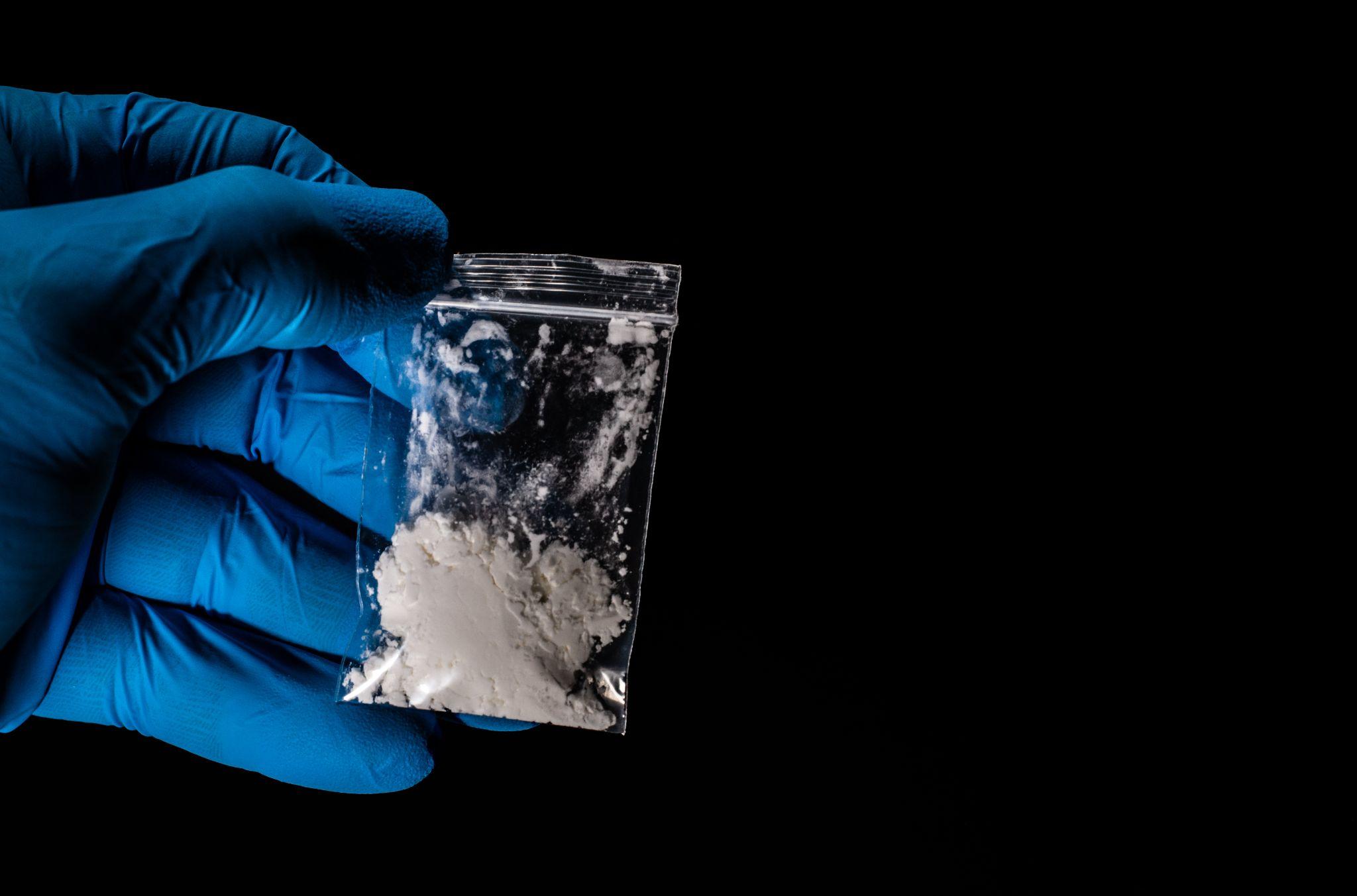More than 1,500 people in the United States die per week from taking some type of opioid, mainly fentanyl. These drugs are the leading cause of fatal overdoses in the country, creating the worst drug crisis in history. In recent years, the crisis has become defined by illicit fentanyl, an extremely lethal synthetic opioid.1
Understanding what fentanyl is, why it’s so dangerous, and the current state of the fentanyl epidemic is crucial for anyone affected by addiction or concerned about a loved one’s health and well-being.
What Is Fentanyl?
Fentanyl is a synthetic opioid that is 50 to 100 times more potent than morphine. It was first synthesized in the 1960s for medical use, specifically for pain relief in patients undergoing surgery or suffering from severe pain, such as cancer patients.
Fentanyl operates by attaching to the body’s opioid receptors, located in parts of the brain that regulate pain and emotions. When fentanyl binds to these receptors, it can produce intense feelings of euphoria and relaxation, which makes it highly addictive.
Why Is Fentanyl So Dangerous?
Fentanyl’s extreme potency makes it both highly addictive and deadly. A lethal dose requires just two milligrams of the drug. This amount of fentanyl is roughly equivalent to ten to fifteen grains of table salt.
This extreme potency, combined with its widespread presence in drug trafficking, continues to fuel the public health fentanyl crisis and drive the unprecedented number of those dying of drug overdoses in the United States.1
Illicitly manufactured fentanyl is increasingly being mixed with other drugs, including heroin, cocaine, and methamphetamines without the user’s knowledge. It is also being incorporated into counterfeit prescription pills that resemble legitimate medications, such as OxyContin, Vicodin, and Valium.2
Its effects on the body are swift. It quickly binds to the brain’s opioid receptors, leading to rapid onset of symptoms such as slowed or stopped breathing, unconsciousness, and, if not treated promptly, death. The speed and severity of these effects leave little time for intervention, making fentanyl overdoses particularly deadly.
The Fentanyl Epidemic in America
The fentanyl crisis has escalated dramatically over the past decade, becoming a significant driver of overdose deaths in the United States. Synthetic opioids, such as fentanyl, are responsible for almost 70% of all overdose fatalities.3
The rates of overdose deaths involving synthetic opioids, primarily fentanyl, have surged alarmingly. From 2021 to 2022, there was a 4% increase in such deaths. Comparatively, the rate of overdose deaths involving synthetic opioids in 2022 was nearly 25 times higher than in 2010. In 2022 alone, around 74,000 drug overdose deaths involved synthetic opioids.3
The COVID-19 pandemic has further exacerbated the opioid crisis. Disruptions to supply chains forced people to turn to unfamiliar drugs, and social-distancing measures led more individuals to use drugs alone, increasing the risk of overdosing.1
Additionally, the growing availability of illicit fentanyl, often disguised as legal prescription opioids by drug cartels, has worsened the crisis. In 2022, the Drug Enforcement Administration (DEA) seized over 50 million fentanyl-laced, fake prescription pills, more than double the amount seized the previous year. Over half of the counterfeit pills tested by the DEA contained potentially lethal amounts of fentanyl.4
In 2023, the DEA confiscated over 80 million counterfeit pills laced with fentanyl and nearly 12,000 pounds of fentanyl powder, amounting to more than 381 million lethal doses. The fentanyl seizures in 2024 represent more than 214 million deadly doses.5
Fentanyl’s extreme potency and the widespread distribution of illicit supplies have created an unprecedented public health emergency. This synthetic opioid, which can be deadly even in minute quantities, has permeated communities across the nation.
Its presence in various illicit drugs, often unbeknownst to users, significantly increases the risk of accidental overdose. As a result, the fentanyl crisis has not only impacted individuals and families but has also strained state and local healthcare systems, law enforcement, and community resources.
5 Ways to Protect Yourself From Fentanyl
Given the widespread presence and extreme potency of fentanyl, it’s essential to take proactive steps to protect yourself and your loved ones from its dangers. Here are several measures you can take:
1. Educate Yourself and Others
Understanding the risks associated with fentanyl is the first step in protecting yourself. Educate yourself about what fentanyl is, how it is used, and the dangers it poses. Share this information with friends and family to ensure they are also aware of the potential risks.
2. Avoid Illicit Drugs
The most effective way to protect yourself from fentanyl is to avoid using illicit drugs altogether. Abstaining from illicit drug use eliminates the risk of accidental fentanyl exposure.
3. Be Cautious With Prescription Medications
Only use prescription medications prescribed by a healthcare provider and obtained from a licensed pharmacy. Be wary of buying prescription pills from any other source, as counterfeit medications laced with fentanyl are becoming increasingly common.
4. Carry Naloxone
Naloxone is a medication that can rapidly reverse an opioid overdose. If you or someone you know is at risk of opioid overdose, carrying naloxone and knowing how to use it can save lives. Many states have laws that make naloxone available without a prescription.
5. Seek Help for Addiction
If you are struggling with addiction, seeking professional help is crucial. Treatment options, such as medically assisted detox, counseling, and support groups, can help you overcome addiction and reduce the risk of overdose.
Find Help for Fentanyl Addiction With Lumina Recovery
By increasing awareness, expanding access to treatment, and implementing harm reduction strategies, we can work together to address this devastating fentanyl crisis in America.
Lumina Recovery offers fentanyl and opioid addiction treatment services, including medication-assisted therapy, dual diagnosis support, and group therapy to help individuals achieve lasting recovery.
Reach out to Lumina Recovery today to get the help you or a loved one needs to overcome fentanyl addiction and start your path to recovery.
Sources:
- https://www.cfr.org/backgrounder/fentanyl-and-us-opioid-epidemic
- https://www.yalemedicine.org/news/fentanyl-driving-overdoses
- https://www.cdc.gov/overdose-prevention/about/fentanyl.html
- https://www.dea.gov/press-releases/2022/12/20/drug-enforcement-administration-announces-seizure-over-379-million-deadly
- https://www.dea.gov/onepill



